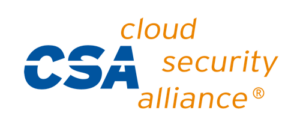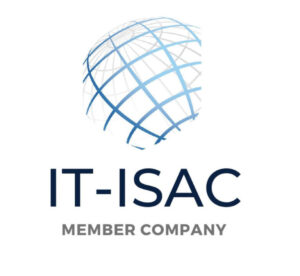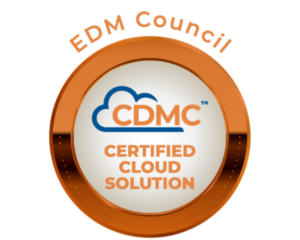Discover and Inventory
For CDPA compliance, businesses need to be able to discover and inventory all their sensitive and personal data belonging to an identity — direct and inferred — for full visibility.
Virginia’s Consumer Data Protection Act (CDPA) provides data rights for Virginia consumers. Modeled after GDPR, CCPA, and the Washington Privacy Act before it, CDPA places new obligations on data controllers and processors.
CDPA applies to anyone that conducts business in the Commonwealth of Virginia — or produces products or services for Virginia residents.

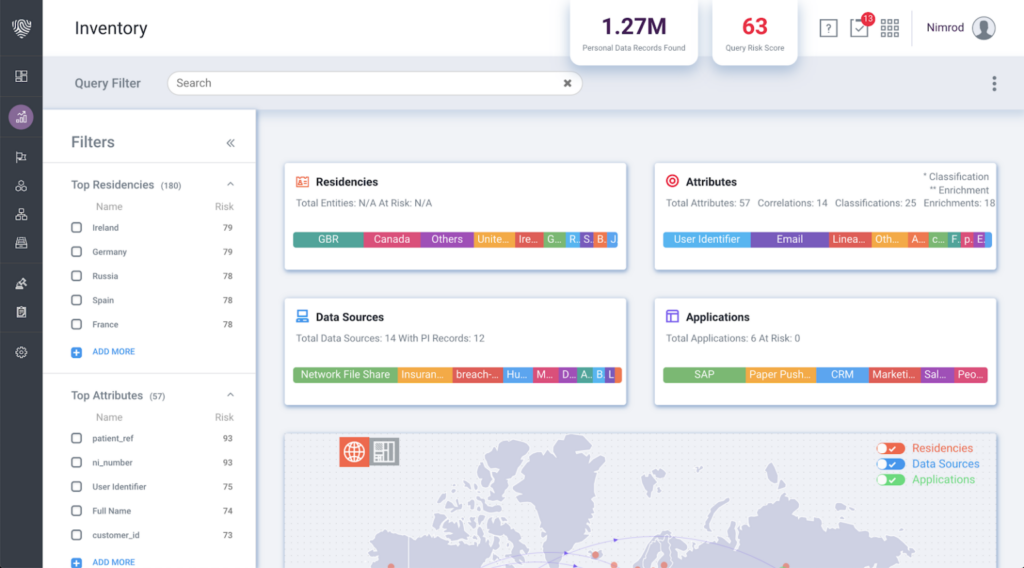
Discover, manage, and catalog all of your sensitive and personal data across the enterprise — no matter how siloed.
BigID is the only solution that enables organizations to connect to all data in a single view, use ML to discover insights, apply context, and take action on data for privacy, security, and governance.
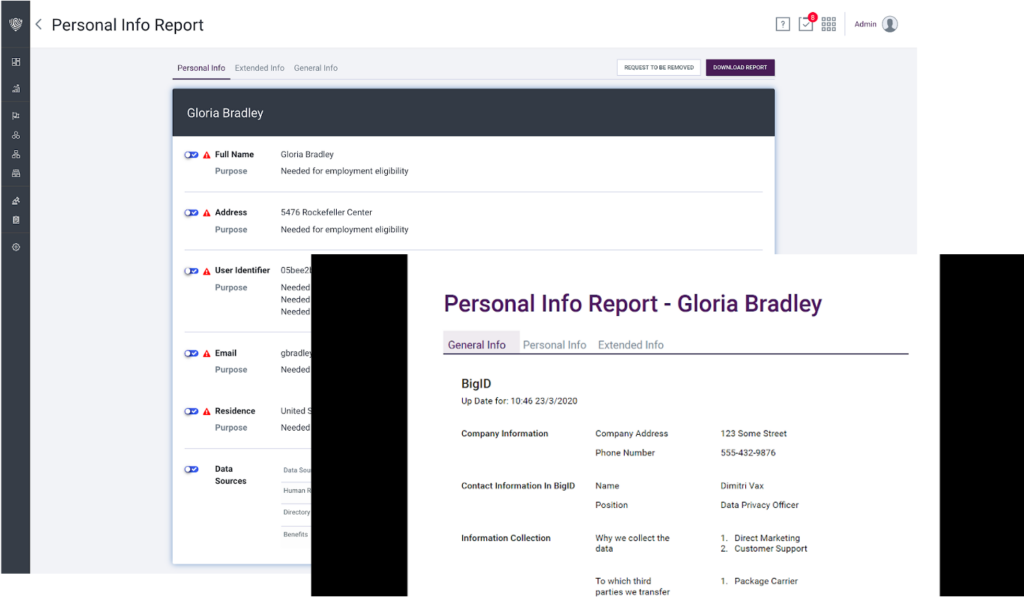
Quickly locate all VA consumers’ personal data to fulfill their right to access, right to deletion, right to data portability, and right to opt-out of processing — within the required timeframe of 45 days of receipt of the request.
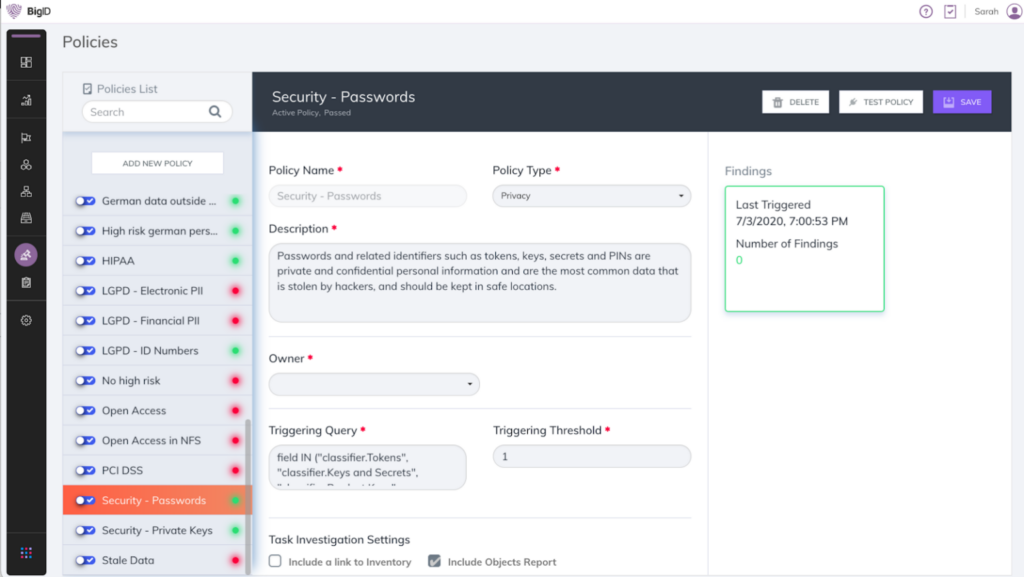
Monitor the processing of sensitive and personal data, data used for advertising purposes, data used for profiling that could prove harmful to an individual — and any processing activity that presents a heightened risk of harm.
Conduct data protection assessments, document data flows and sharing activity, and more.
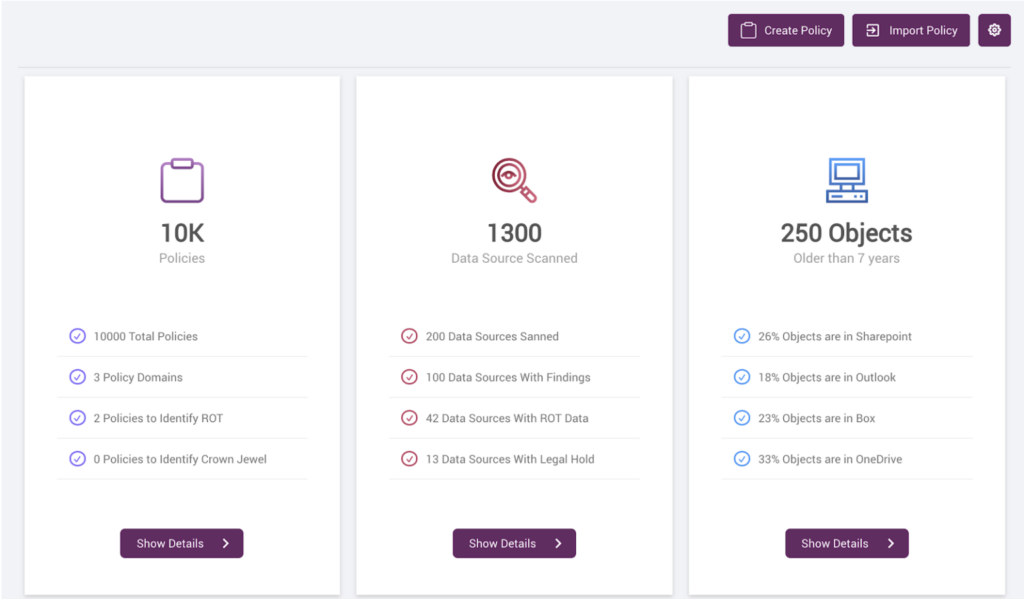
Ensure that the collection of personal data from VA consumers meets the CDPA requirements of being adequate, relevant, and limited to what is reasonably necessary for a specified purpose.
Meet requirements for consumer disclosure, and define and enforce data retention rules with automated workflows.




For CDPA compliance, businesses need to be able to discover and inventory all their sensitive and personal data belonging to an identity — direct and inferred — for full visibility.
Quickly and effectively fulfill consumer data rights requests at scale, enable correction workflows, and track and document preference management, consent, and third-party data sharing.
Automatically classify regulated data according to sensitivity, type, location, and more — and create custom classifiers for specific policies.
Identify and remediate duplicate, similar, redundant, and derivative sensitive patient data — and enact policy-driven retention management.
Actively monitor the consistency, accuracy, completeness, and validity of all data in a unified view — and ensure it’s fit for purpose and compliance.
Determine what data should be deleted and where it’s located — and ensure ongoing deletion validation via automated queries.
Discover all sensitive, regulated, and personal data that’s monitored by CDPA.
Get end-to-end data subject rights request intact and lifecycle management service.
Implement policy-driven retention management for all data, everywhere.
Enable remediation of high-risk, sensitive, dark, and regulated personal information.
Identify open and overprivileged data access across data center and cloud.







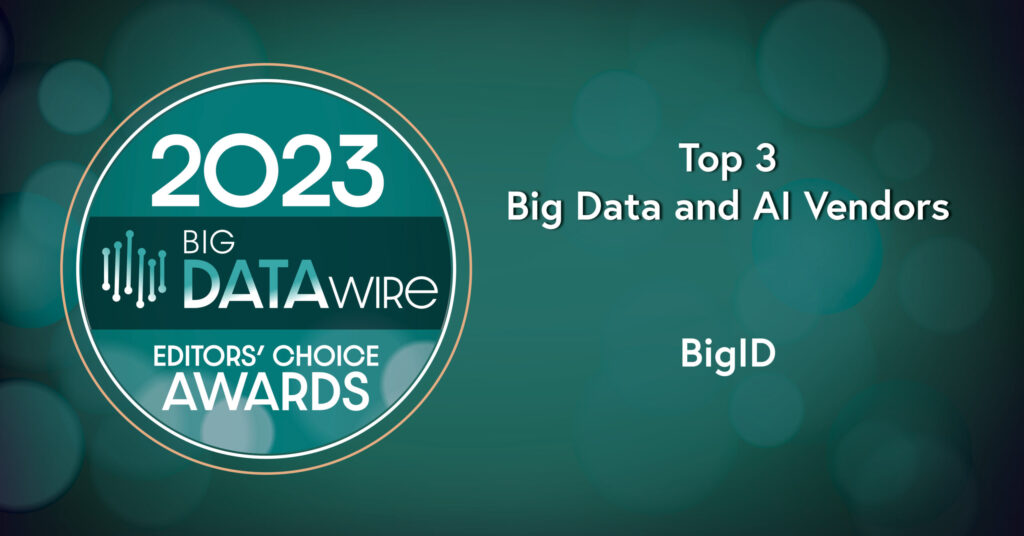


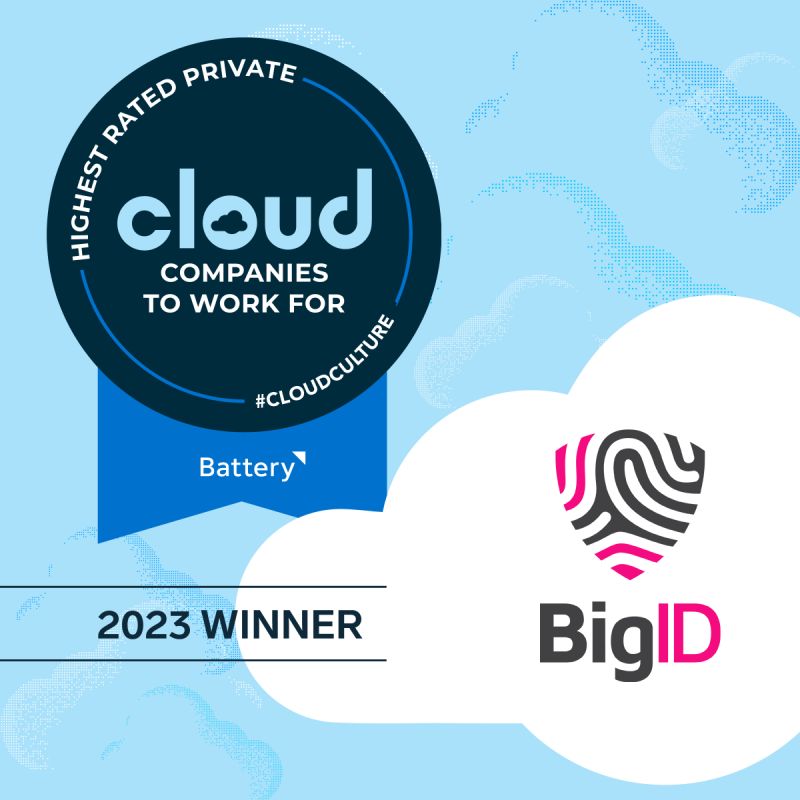

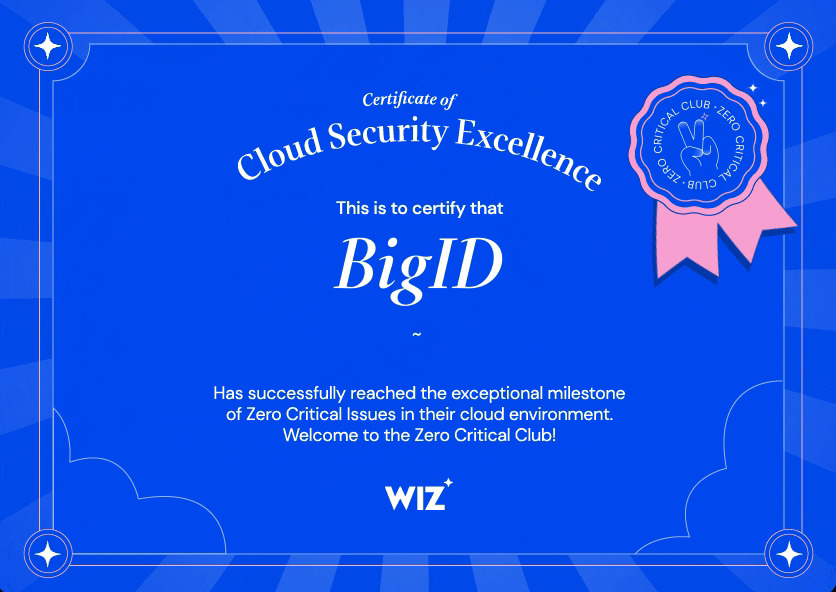












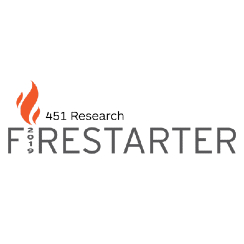





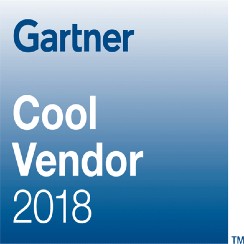



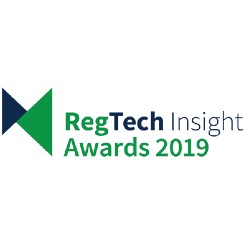



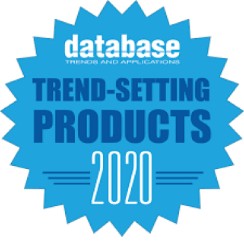


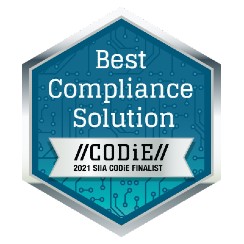















Get a custom demo with our data experts in privacy, protection, and perspective – and see BigID in action.




